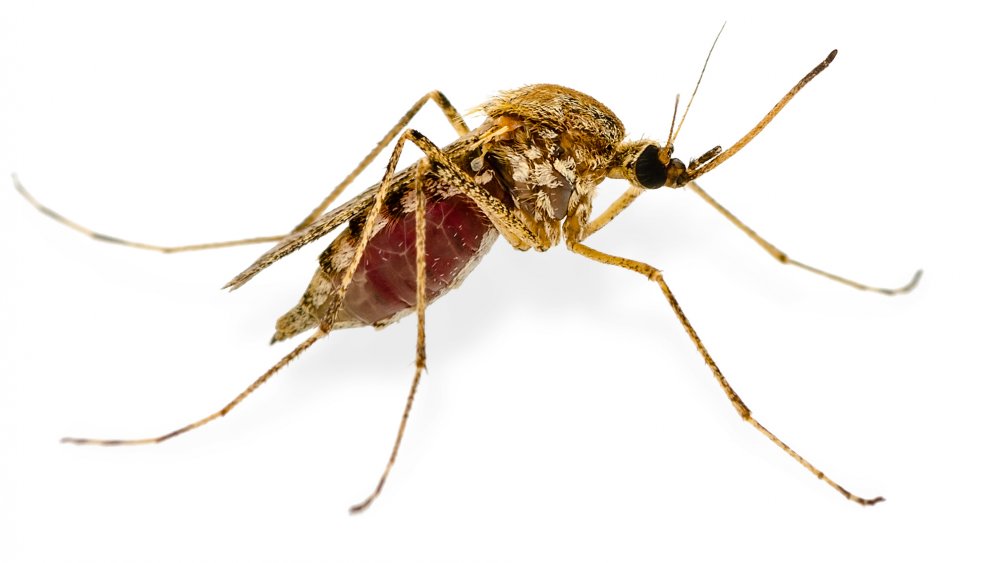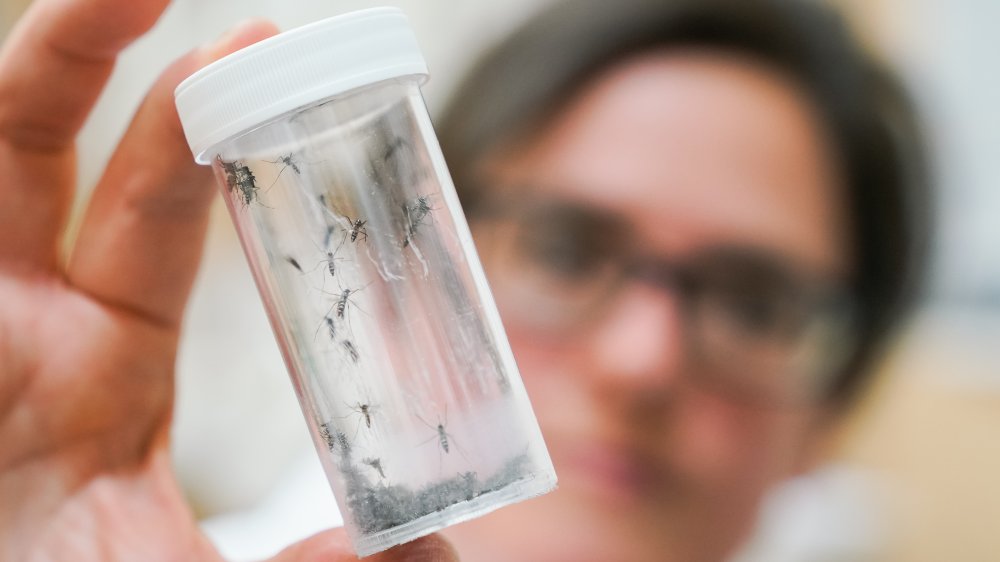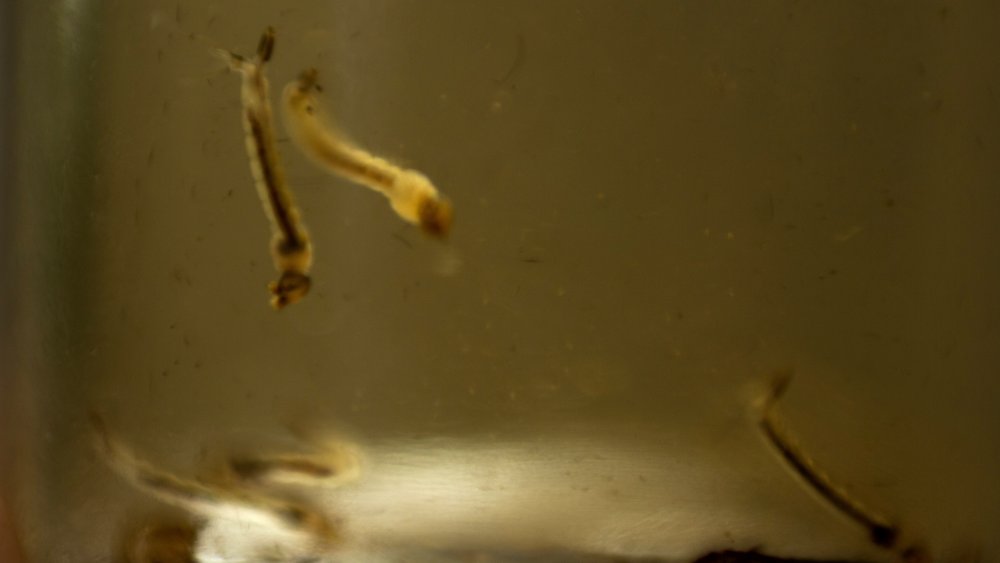The Messed Up History Of West Nile Virus
As news of the coronavirus pandemic and the unbelievable number of unnecessary deaths it has caused dominates the 2020 news cycle, it can be easy to forget that there is still a ton of other submicroscopic threats to human existence out there. For example, AM NY recently reported that West Nile virus claimed the life of one New Yorker, and five others were diagnosed with the disease. Cases were also confirmed in Massachusetts, California, and Ontario, Canada, in September 2020, and authorities in Texas identified the virus in mosquito pools in several counties.
According to the Centers for Disease Control and Prevention (CDC), 80 percent of West Nile infections are asymptomatic, but about one in five people who contract the disease experience high fever, headaches, joint pain, body aches, rash, vomiting, and diarrhea. Some experience extreme fatigue for weeks, even months, after infection. In much rarer instances — about one in every 150 people — the virus can cause other severe conditions — brain inflammation (encephalitis), or inflammation of the membranes surrounding the brain and spinal cord (meningitis). The most at-risk sector of the population are people over 60 years of age and those with pre-existing medical conditions, such as cancer, hypertension, kidney disease, diabetes, and organ transplant recipients. About one in 10 of such serious cases are fatal. Where and when did this deadly virus first appear?
A brief history of how the West Nile virus made it to the U.S.
The World Health Organization (WHO) reports that the first case of West Nile virus was isolated in a Ugandan woman from that country's West Nile district in 1937. It was later detected in birds in the Nile delta in 1953, but it wasn't considered pathogenic, i.e., disease-causing, in birds until 1997, when a more virulent avian strain caused the deaths of several different species of birds in Israel; birds, says the WHO, are the virus's "natural hosts." West Nile can also attack and kill horses, though there is a West Nile vaccine available for horses.
Infections in humans have been reported in several countries across the globe over the last 50 years, but the first case of West Nile virus in the United States was in New York in 1999. From there, the virus spread rapidly through the country over the next decade. The WHO said that the U.S. outbreak "highlighted that importation and establishment of vector-borne pathogens outside their current habitat represent a serious danger to the world." It's a warning sign for future outbreaks. As with Covid-19, however, deaths from West Nile virus are avoidable by simply taking the necessary precautions to mitigate the spread of the disease.
How to avoid the messed up effects of West Nile virus
Step number one: know your enemy. According to Medline Plus, the most dangerous time of year for West Nile virus is in the early fall, when mosquitos carry large amounts of the virus. Cases tend to spike in August and September and taper off as the cold kills off mosquitos until the following summer. As with Zika and other diseases and viruses, your first line of defense is avoiding contact with carriers, in this case mosquitos. Mosquito repellent is key. Medline Plus recommends using repellents that contain DEET. Although it's been proven that the irksome little buzzers can adapt to repellents, it's still important to use it. Step number two in your anti-mosquito line of defense is to protect your skin from exposure. Long sleeves and pants keep mosquitos from biting.
It's also extremely important not to give mosquitos a place to reproduce. The insects lay their eggs in standing water, so be sure to dump out any buckets, trash cans, lids, or other containers holding stagnant water on your property. The larvae, which look like twitchy little aliens floating in puddled water, die after you dump the water out. Outbreaks of diseases like West Nile, Zika, and Covid-19 are in reality easily avoidable. We just need to stop believing in myths and conspiracy theories and listen to the science.


